Here is Thomas Graham Wishart posing with his creation - the 'Largo' 2 H.P. motorcycle. Manufactured within his own workshop at East End, Upper Largo, this model featured a battery, coil ignition and a belt drive. Boasting a maximum speed of 45 mph, this vehicle managed 150 miles to the gallon. Wishart was born in 1871 and, while still a young man, set up a 'made to measure' cycle business. This flourished and over time developed into a motor business. He became well-known for his invention - the Wizard Carburettor - which saved petrol and increased acceleration.
The photograph above appeared in a 1977 East Fife Mail, as it had been part of an exhibition at Kirkcaldy Industrial Museum. A member of the Wishart family had donated a series of photographs and accompanying family history to the museum. The EFM article also notes that the original photographs were gifted to Largo Library. Does anyone know of these?.
The photograph below shows Wishart in the driving seat of his motor car. Registered SP for Fife (and 349 for the 349th registration within Fife), it is unclear whether he had a hand in the creation of this particular vehicle. Many early cars were developed by cycle engineers and Wishart's car below illustrates this connection with its spoked wheels and handle-bar style steering.
Above is an advert from the 10 August 1899 Leven Advertiser for the business, while below is another from the same newspaper dating to 25 April 1901.
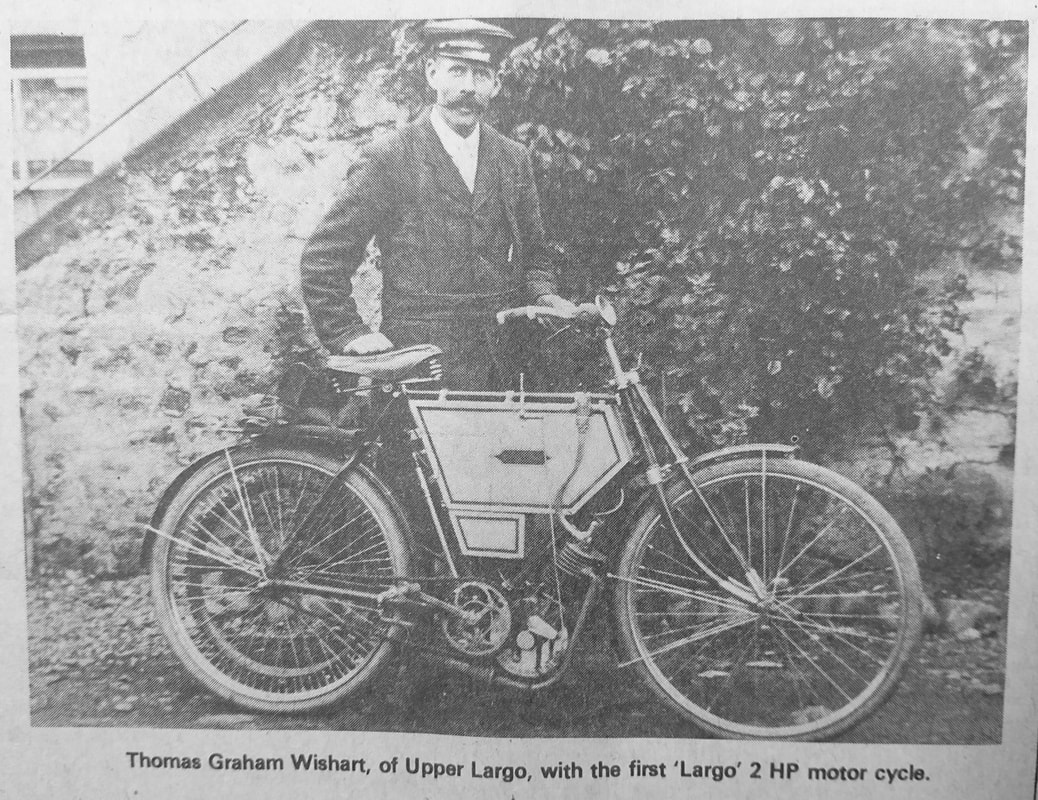
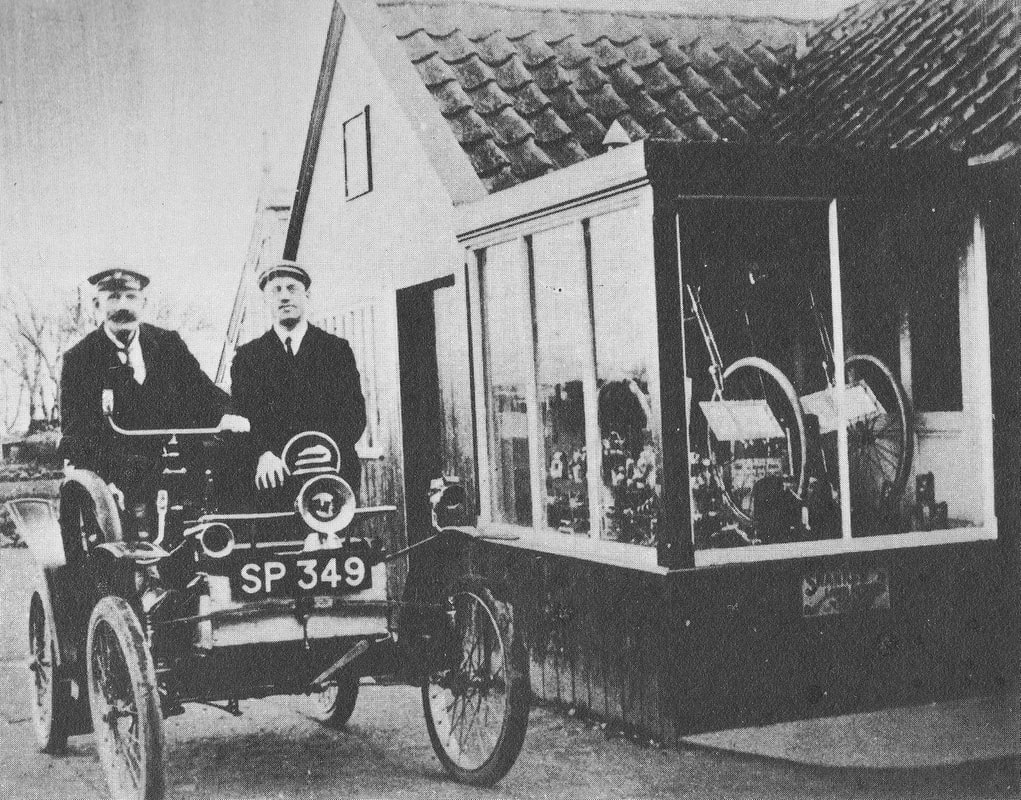
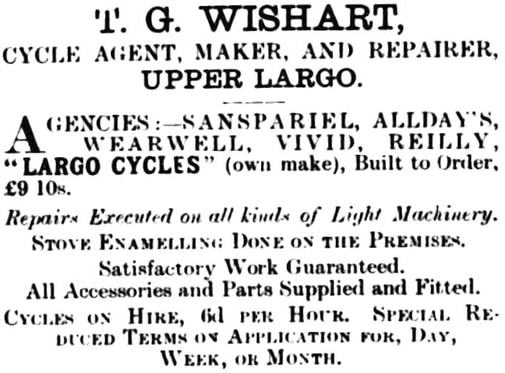
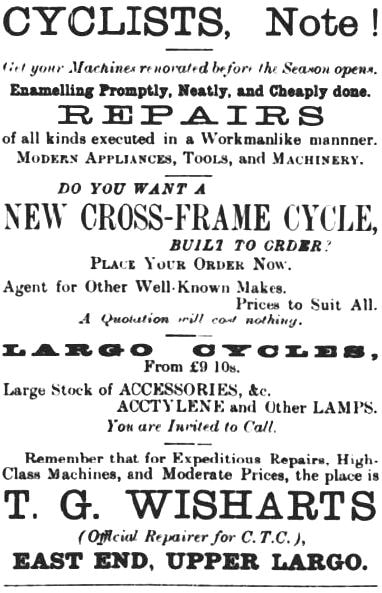
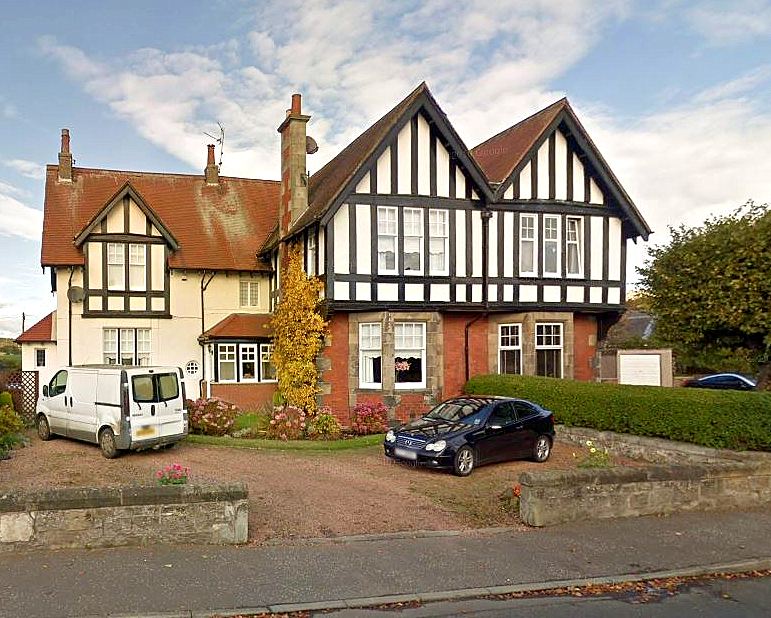
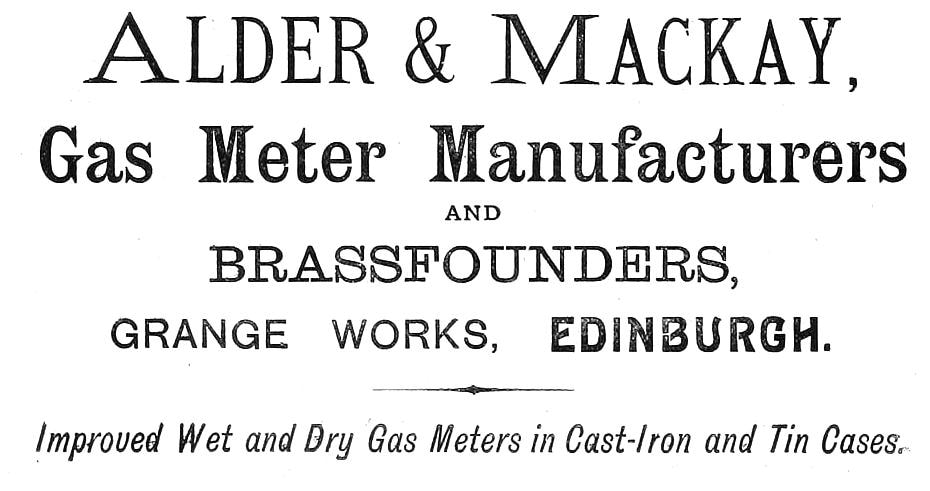
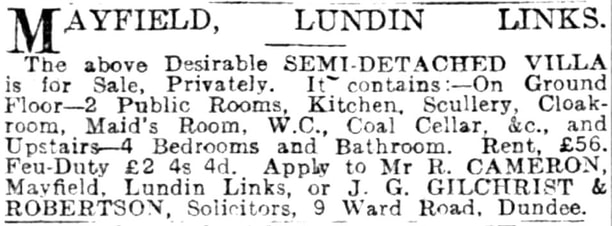
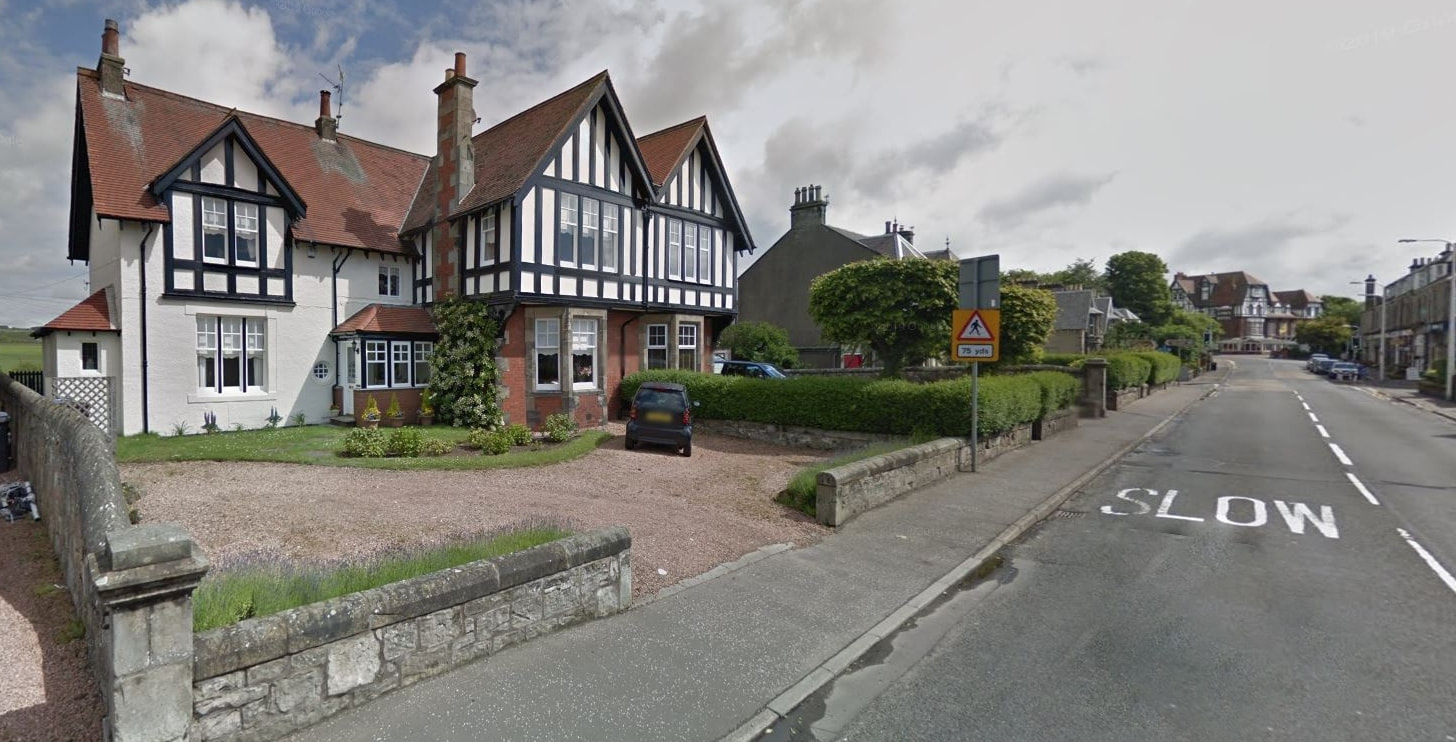
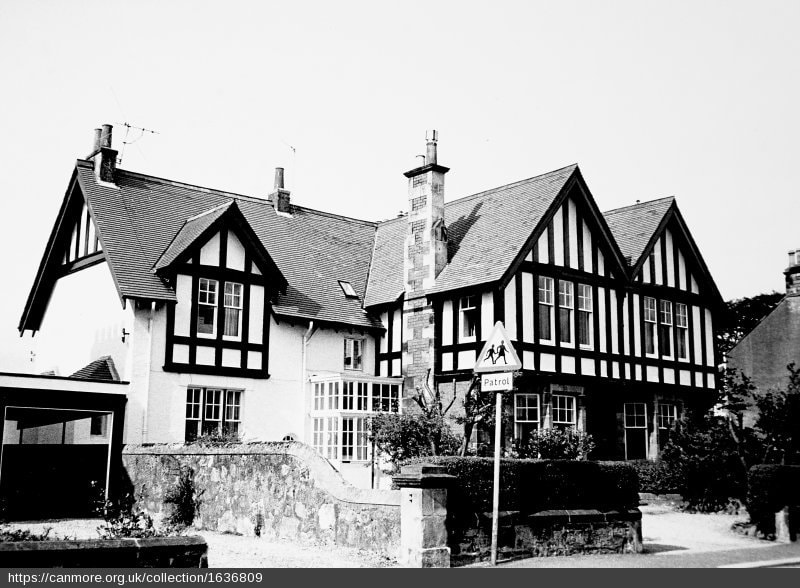

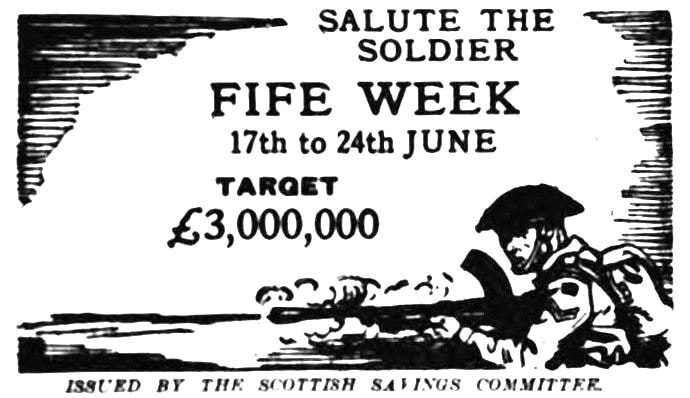
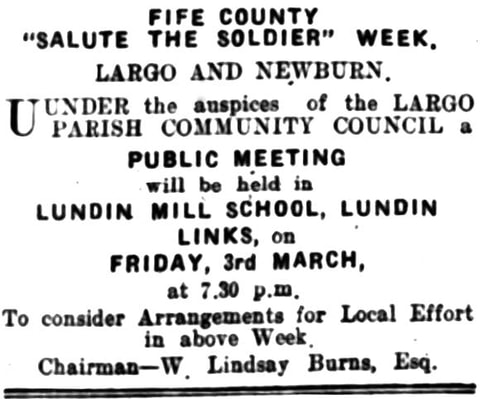
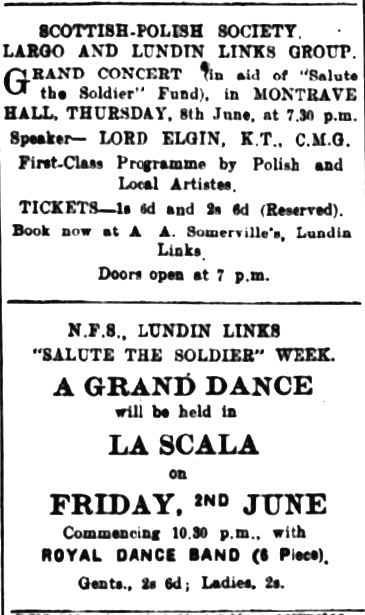
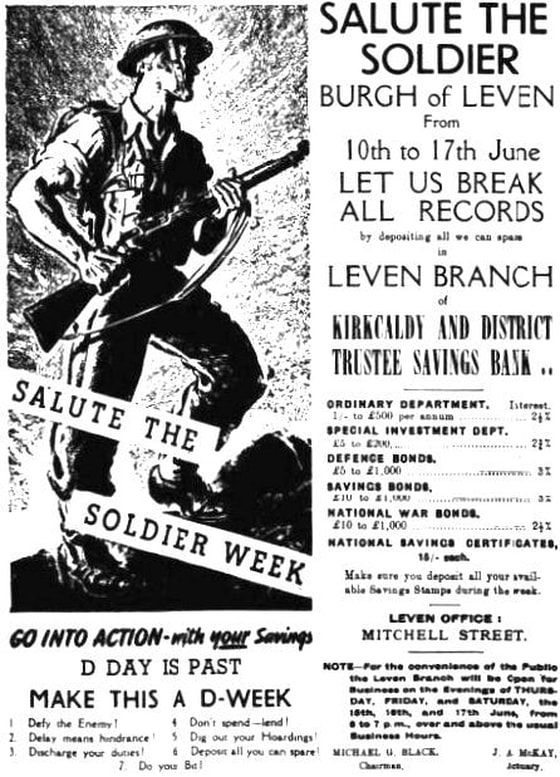

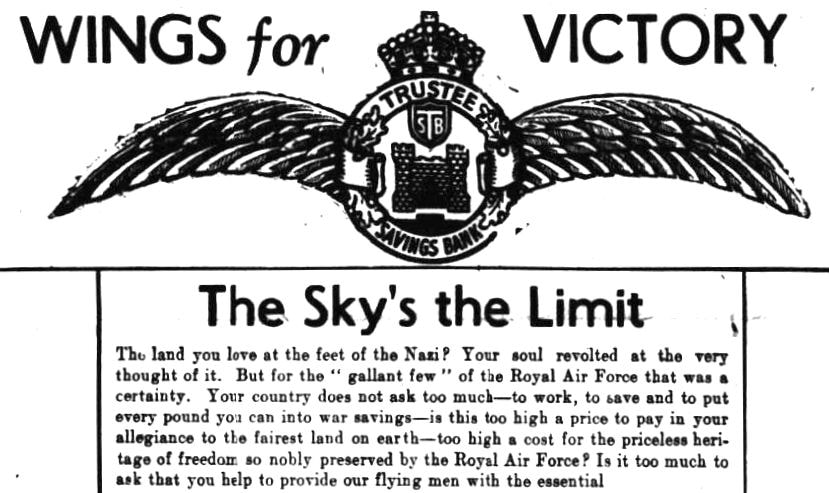
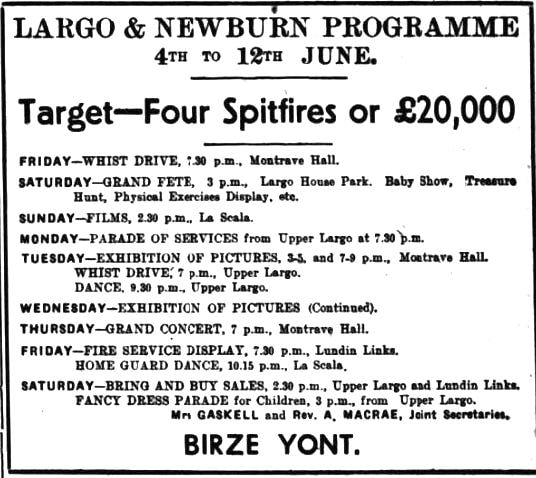
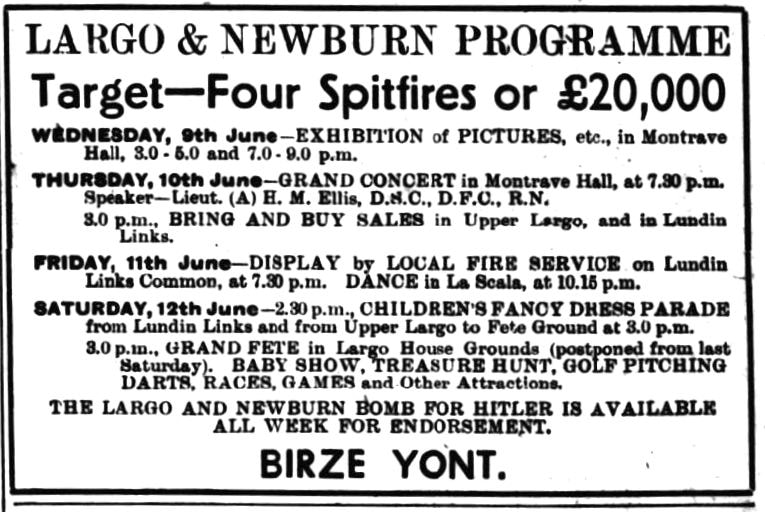
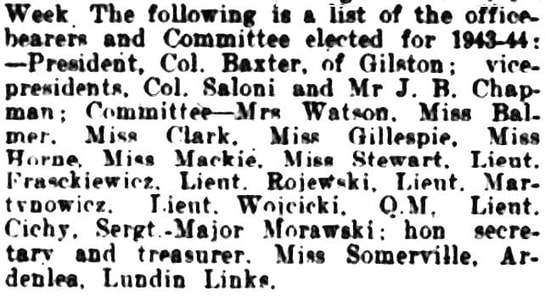
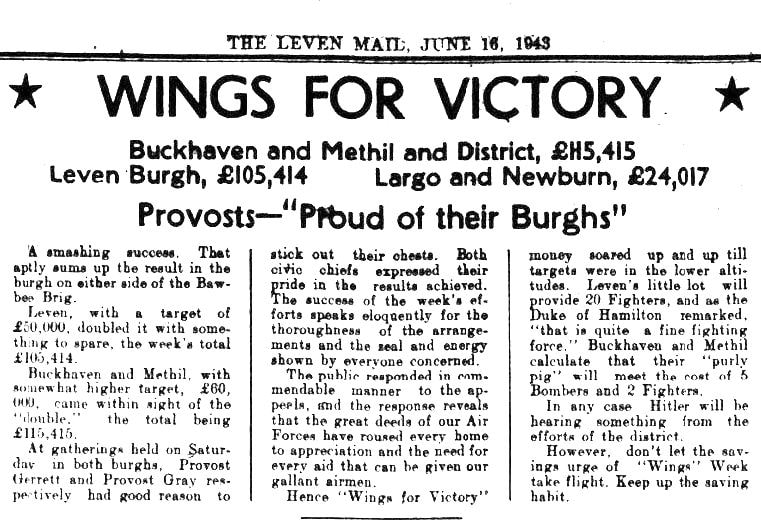
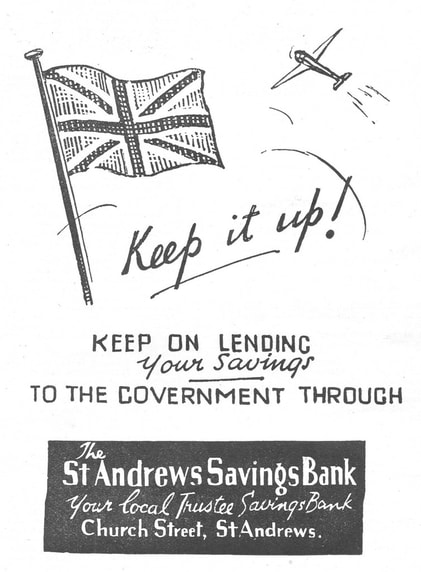
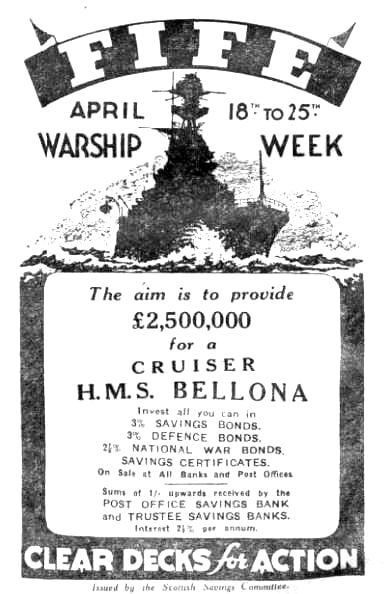
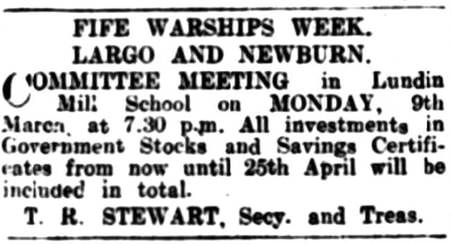
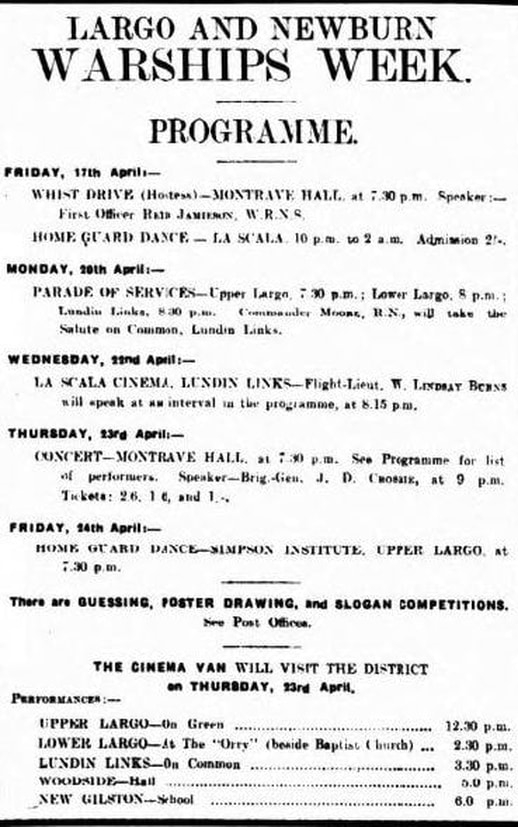
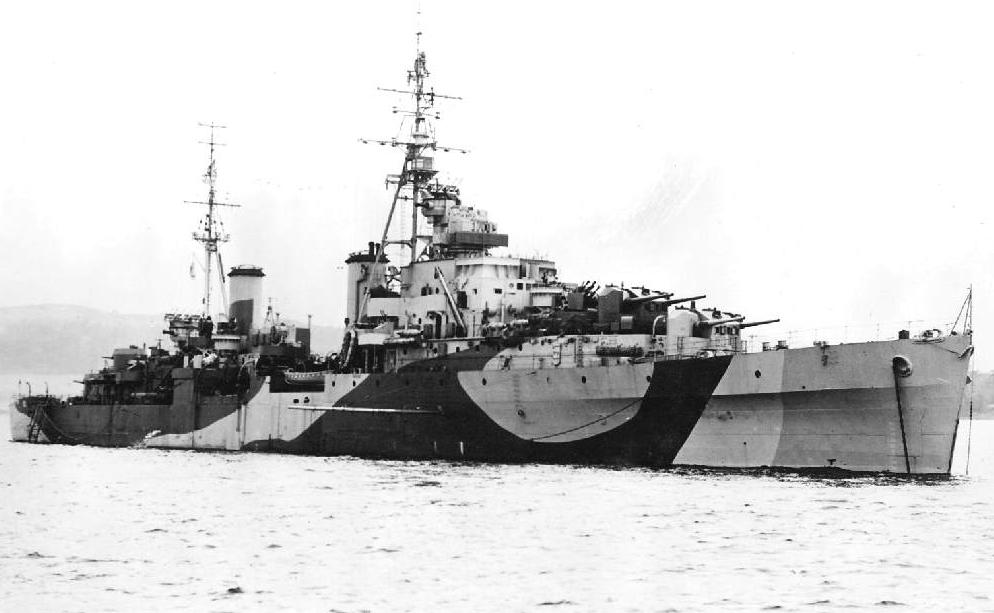

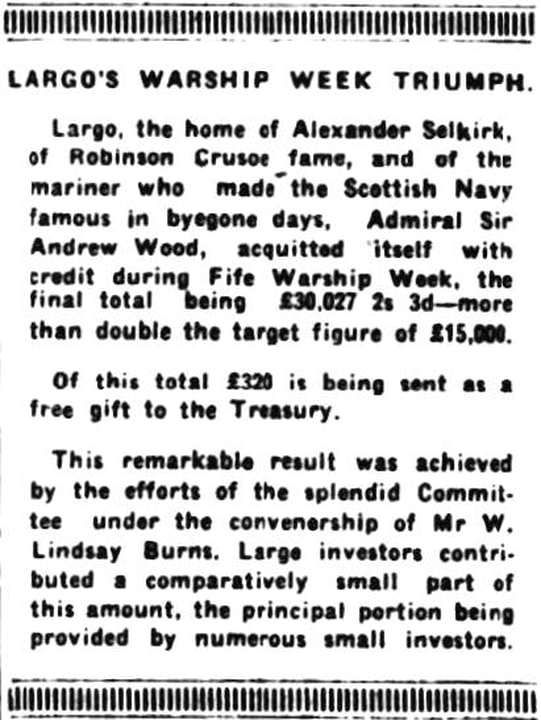
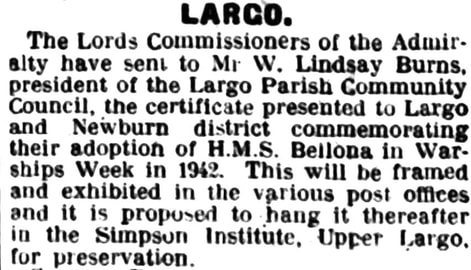
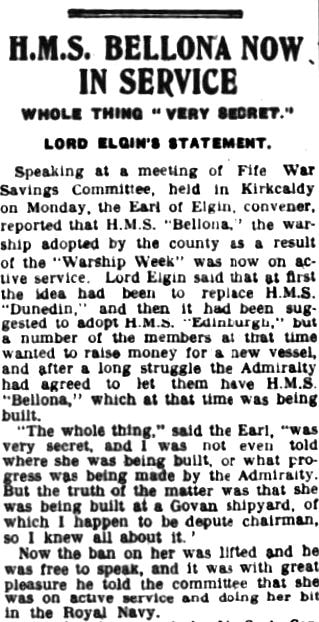

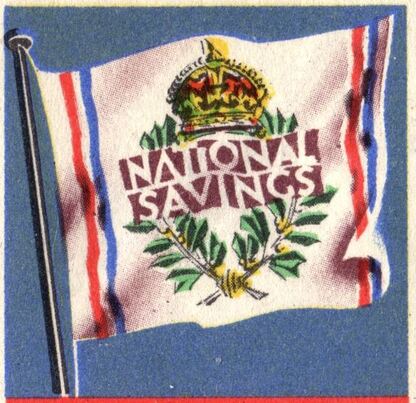
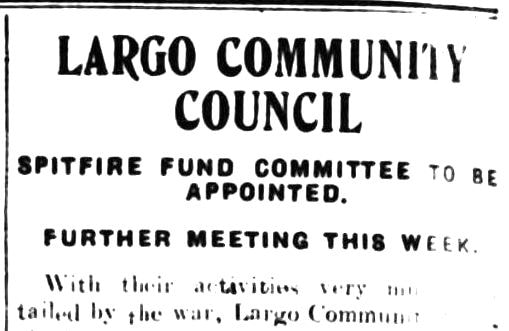
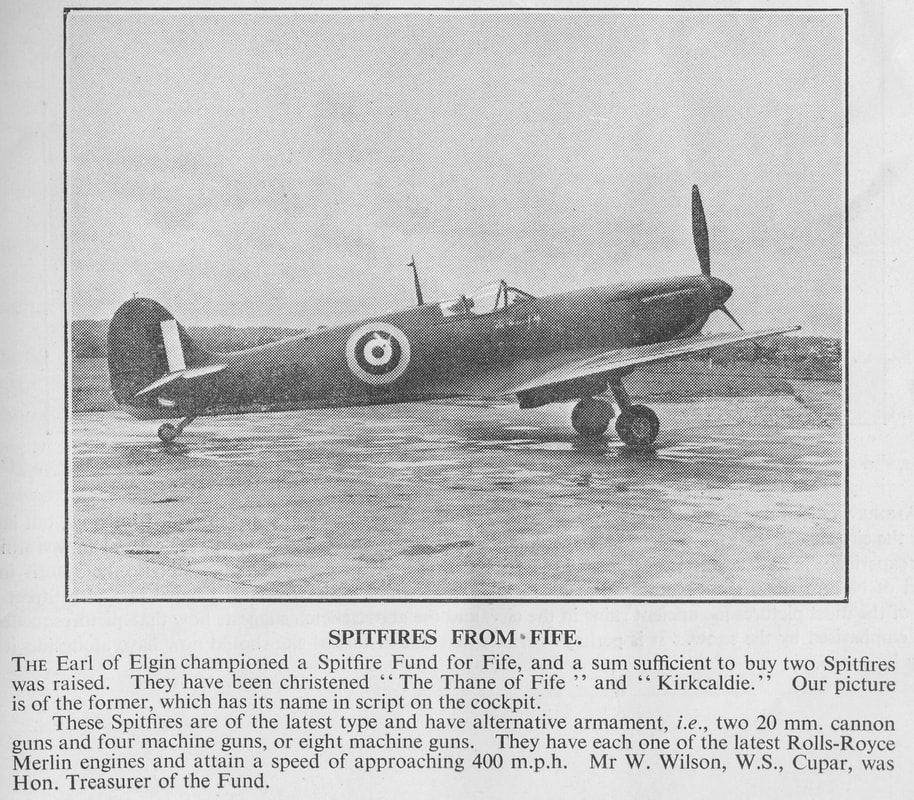
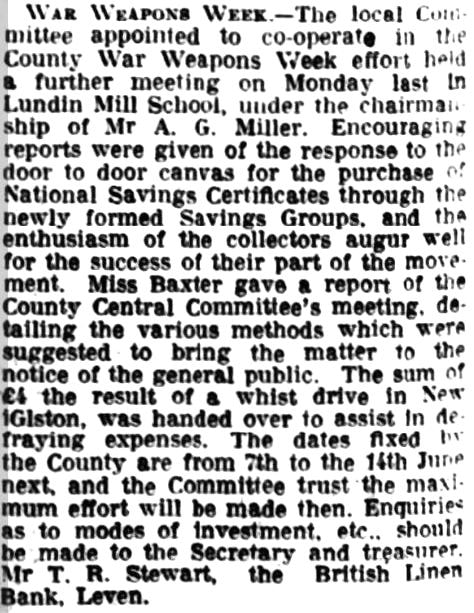
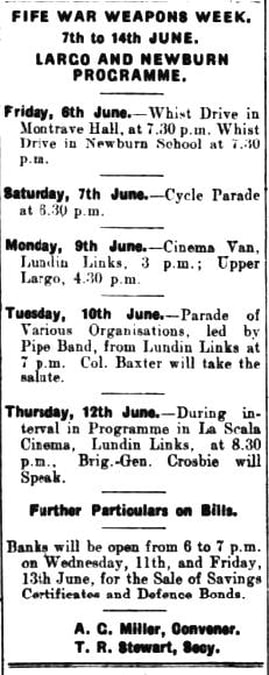
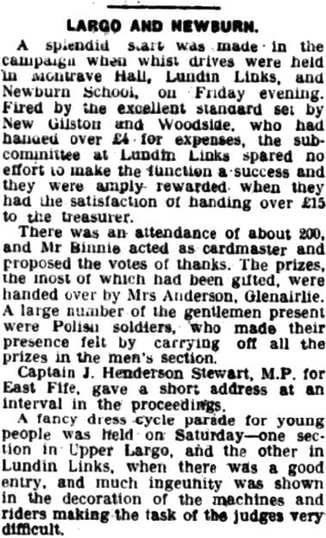
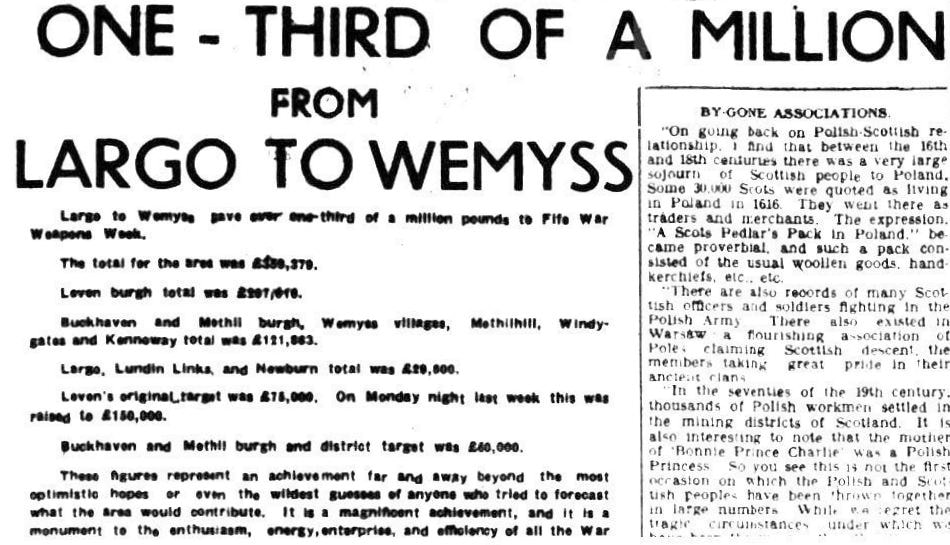
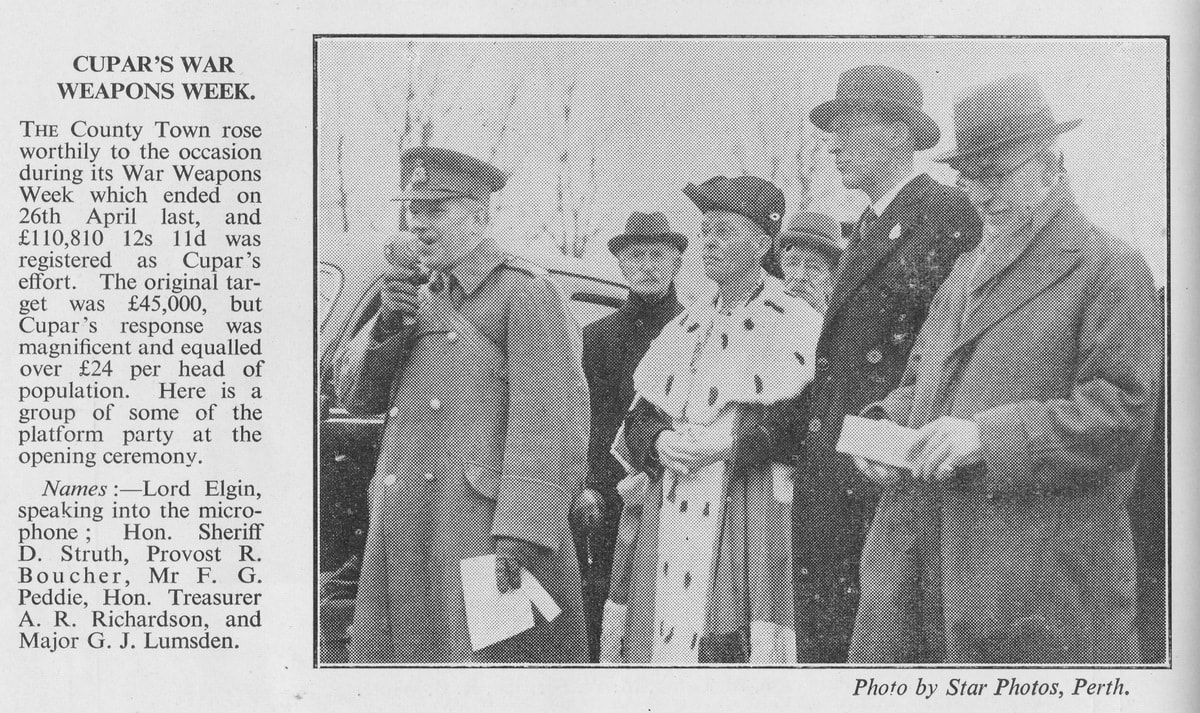
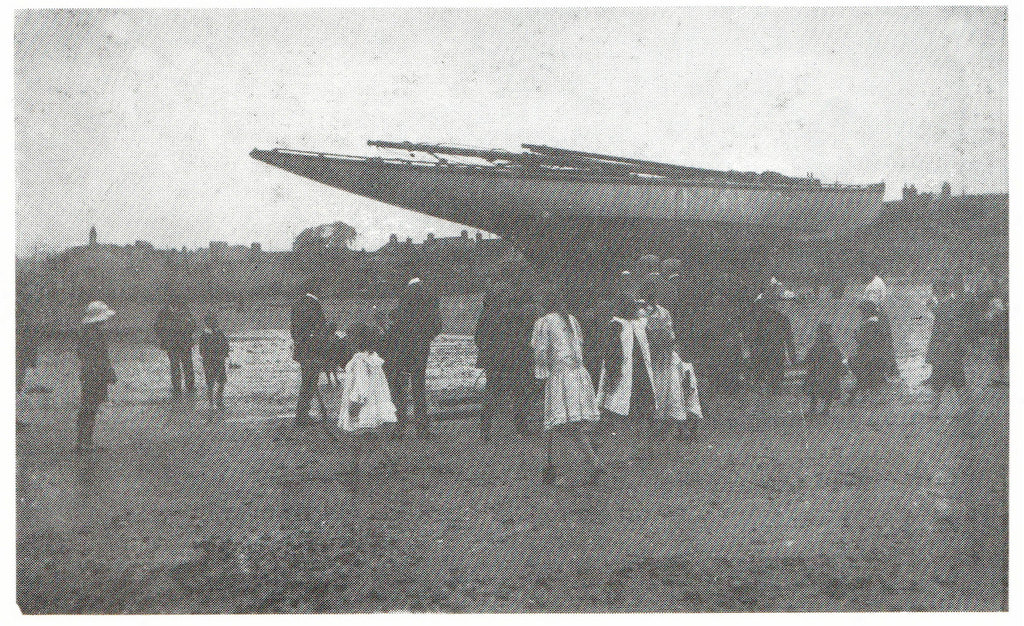
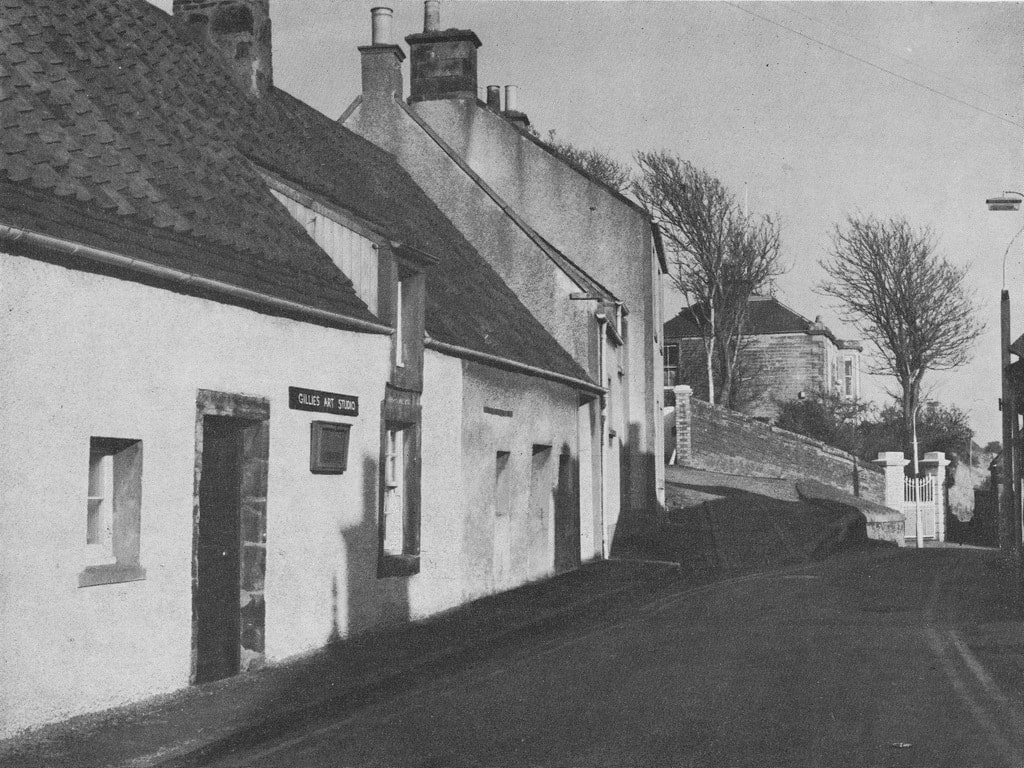
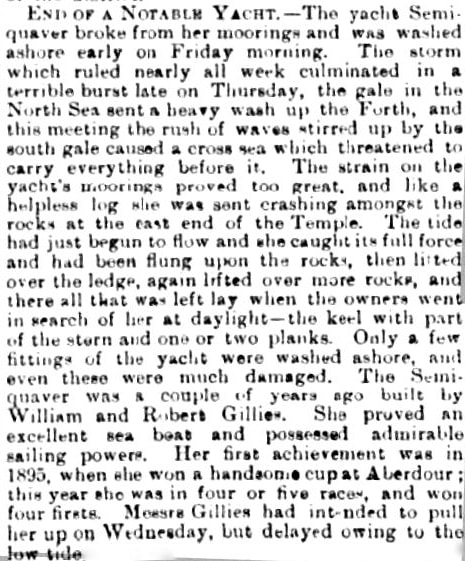
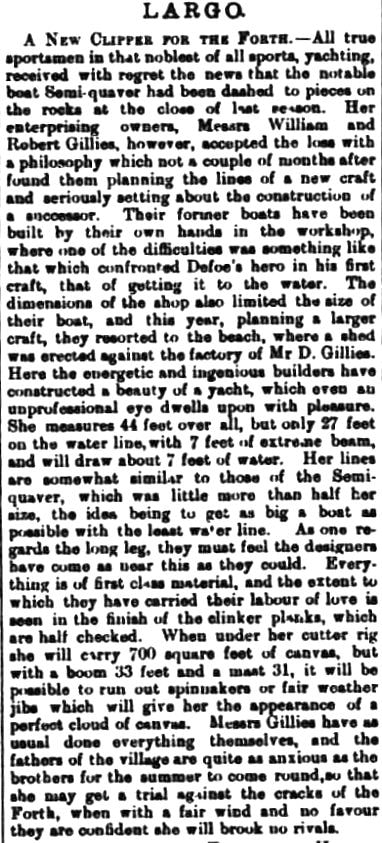
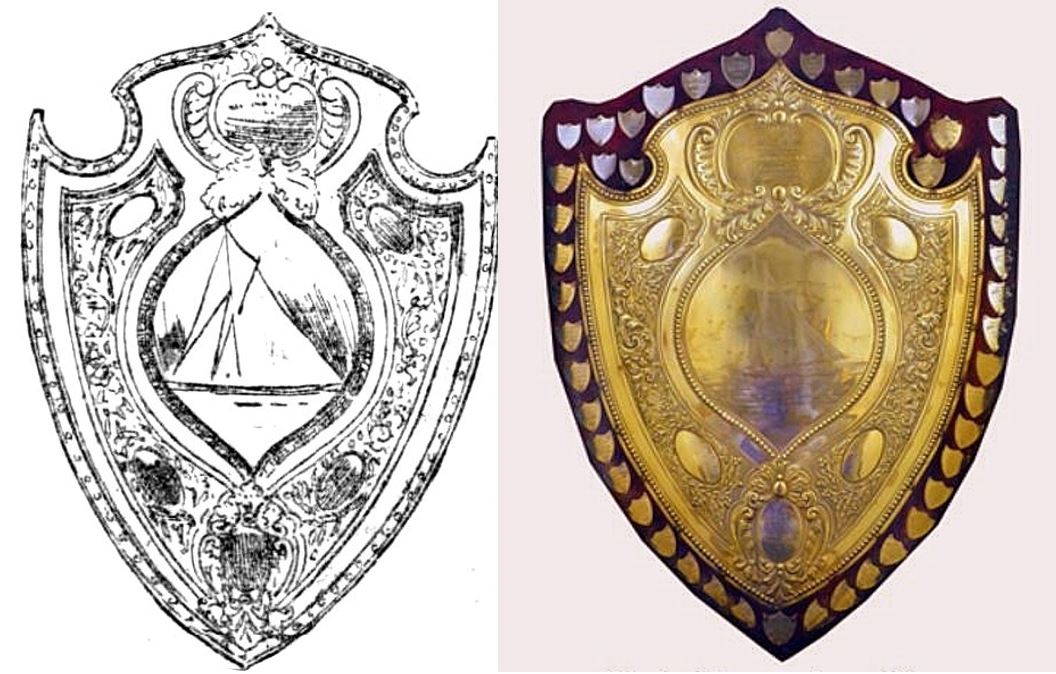
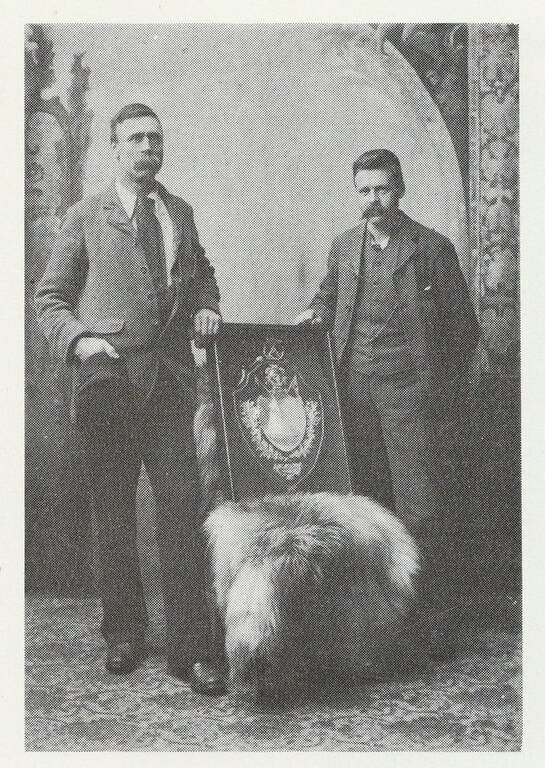
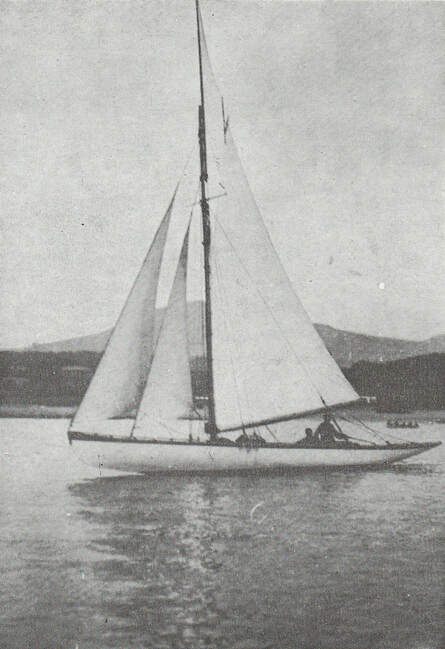
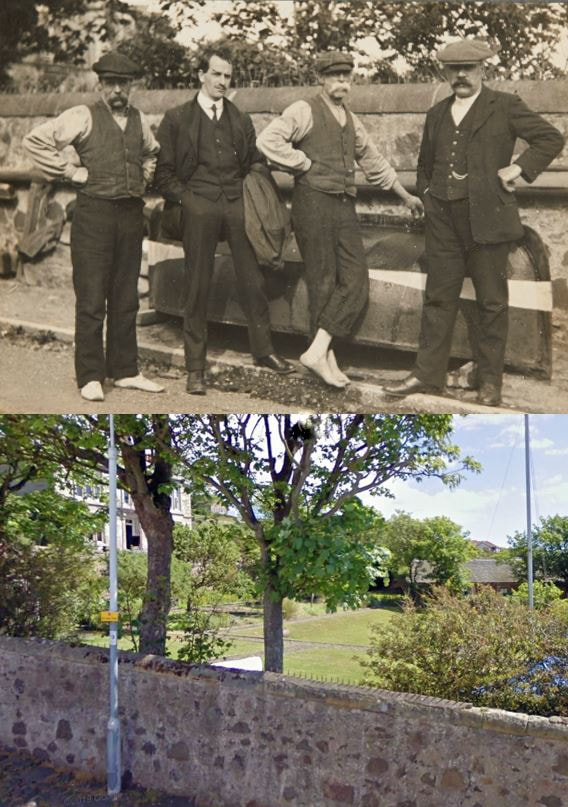
 RSS Feed
RSS Feed
